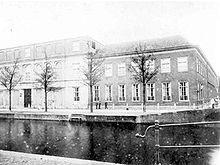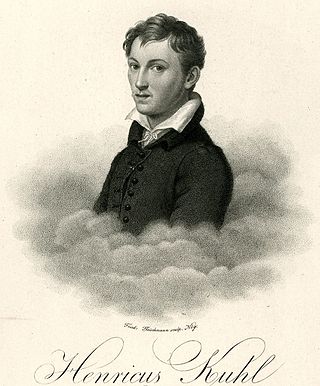
Heinrich Kuhl was a German naturalist and zoologist.

Heinrich Boie was a German zoologist. He was the brother of Friedrich Boie. In the field of herpetology they described 49 new species of reptiles and several new species of amphibians.

Lipke Bijdeley Holthuis was a Dutch carcinologist, considered one of the "undisputed greats" of carcinology, and "the greatest carcinologist of our time".
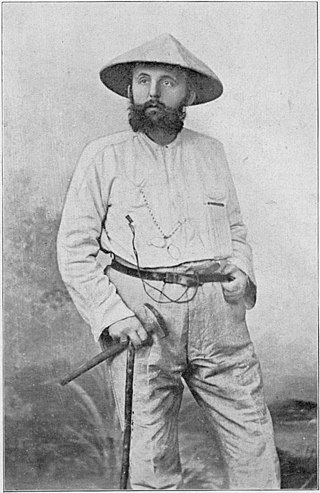
Johann Karl Ludwig Martin was a German geologist. He was professor in geology at Leiden University from 1877 to 1922. From 1880 to 1922 he also was director of the Geological Museum of Leiden. As a scientist he is known for his paleontological and stratigraphical research on the Cenozoic fauna of the Dutch East Indies, especially on mollusks.
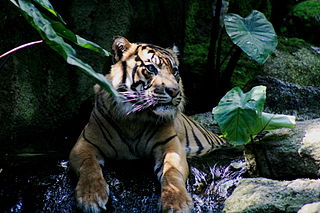
The fauna of Indonesia is characterised by high levels of biodiversity and endemicity due to its distribution over a vast tropical archipelago. Indonesia divides into two ecological regions; western Indonesia which is more influenced by Asian fauna, and the east which is more influenced by Australasian species.
Metanephrops boschmai, known as the Bight lobster, Bight scampi or Boschma's scampi, is a species of lobster endemic to Western Australia.
Gerlof Fokko Mees was a Dutch ichthyologist, ornithologist and museum curator. During 1946 to 1949 he took part as a conscript in the military actions to reestablish rule in the Dutch East Indies. During that time he became interested in the avian family Zosteropidae, comprising the white-eyes.
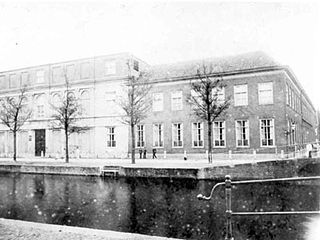
The Rijksmuseum van Geologie en Mineralogie was a museum of geological and mineralogical collections. Up to 1878, geological and mineralogical collections formed part of Rijksmuseum van Natuurlijke Historie, the National Museum of Natural History. This museum, founded in 1820 and established at Leiden, was closely linked with the university there. One of the staff members used to be in charge of the geological collections. In 1893 the collection was moved into a new building at the Van der Werffpark/Garenmarkt as the Rijksmuseum van Geologie en Mineralogie, representing a great step forward. The RGM thus became completely independent and was no longer regarded as part of the Natural History Museum.

Parribacus japonicus, the Japanese mitten lobster, is a species of slipper lobster. Though the common name for this lobster is the Japanese mitten lobster, it is locally called zōri-ebi (ゾウリエビ) – zōri denoting the Japanese sandal it resembles, and ebi meaning shrimp or lobster.

Adolph Cornelis 'Dolf' van Bruggen was a Dutch malacologist, entomologist, and botanist. His interest in the tropics and tropical Africa has dominated his broad scientific interest for more than 50 years now. He was an expert especially in the land snail families Streptaxidae, Achatinidae and Maizaniidae. As of 2008, he had authored some 655 scientific publications.

Johan Conrad van Hasselt, was a Dutch physician, zoologist, botanist and mycologist.

Stenopus spinosus is a shrimp-like decapod crustacean belonging to the infraorder Stenopodidea.
Dirk Albert Hooijer was a Dutch paleontologist.
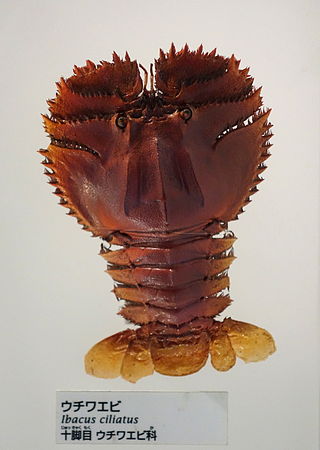
Ibacus ciliatus is a species of slipper lobster from the north-west Pacific Ocean.

François Paul Louis Pollen (1842–1886) was a Dutch naturalist and merchant. He made major contributions to the study of the Malagasy fauna.
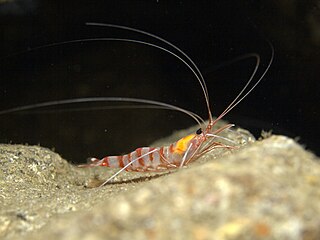
Parhippolyte is a genus of cave dwelling decapod crustaceans, known as cave shrimps from the family Barbouriidae The type species Parhippolyte uveae was described in 1900 by the English carcinologist Lancelot Alexander Borradaile from specimens collected in the south western Pacific by Arthur Willey. As their vernacular name of cave shrimp suggests these species are generally found in marine caves as well as anchialine ponds and lagoons.
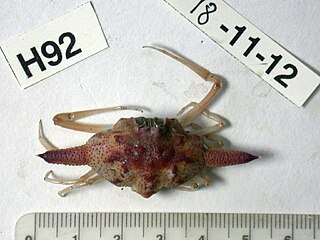
Ixa monodi, the Red Sea pebble crab is a species of pebble crab from the family Leucosiidae which prefers to burrow in sandy, shallow coastal waters. It was first described from the eastern Mediterranean where it is an invasive species having colonised the coasts of the Levantine Sea from the Red Sea by Lessepsian migration from the Red Sea via the Suez Canal.
Canna Maria Louise Popta was a Dutch biologist.

Acanthosquilla derijardi is a species of stomatopod crustacean. Its distribution is widespread throughout the Indo-West Pacific. The species was initially described by the American carcinologist Raymond B. Manning in 1970. Its junior synonym, A. sirindhorn, was named in 1995 in honor of Princess Sirindhorn of Thailand.

The Minahasa hooded pitta is a species of passerine bird in the pitta family Pittidae that is endemic to the Minahasa Peninsula at the north of the island of Sulawesi.
